New eco-friendly, sustainable building materials have emerged to reduce the environmental impact of building construction and operations.
To determine how eco-friendly a certain building material is, we must consider several factors. For example, materials that are locally sourced don’t use a lot of energy for transportation. The durability of material is another factor. Materials that have to be replaced frequently, are obviously not eco-friendly. Another criteria is the embodied energy of the materials. Embodied energy is “the sum of all the energy required from extracting a material — like granite or stone or ore out of the ground — all the way until its end of life,” explained Mike Stopka, building and built environments lead at Delta Institute.
Here are 5 building materials that are considered to be the most eco-friendly:
Bamboo
Bamboo is exceptionally durable and has even greater compressive strength than brick or concrete. That makes it appropriate for floors or furniture. Bamboo, which is actually sort of grass, also grows very quickly – some species grow up to three feet in 24 hours. That is a huge advantage compared to hardwoods that grow much slower. Bamboo is grown mostly in South America and Asia. Still, bamboo does not require much energy for transportation overseas because it is very light.
The drawback of bamboo is that it requires treatment against insects and rot. Otherwise it will not last very long. Due to bamboo’s high starch content it can also swell and crack if it absorbs water.
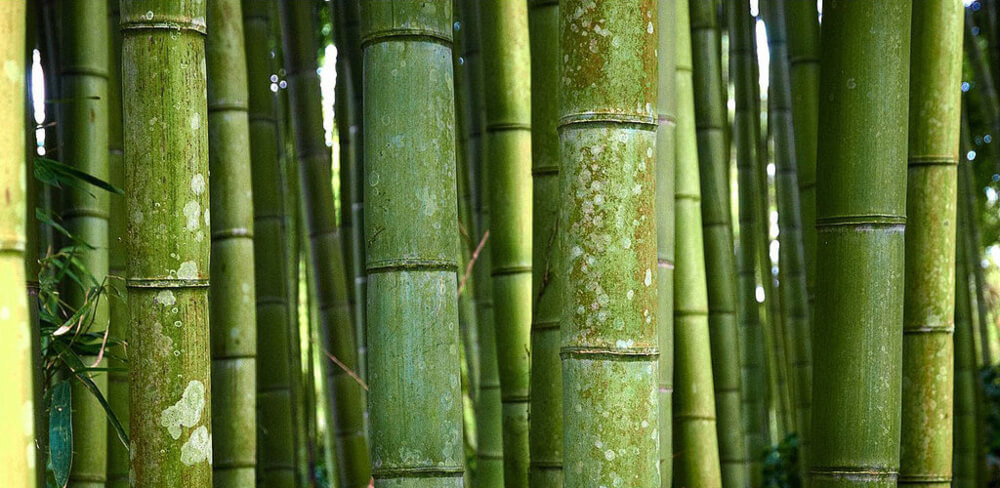
Cork
Cork is a very flexible and resilient material. It does not absorb water or rot and is naturally fire resistant which makes it a good thermal insulator. Cork is a good in absorbing noises and shocks which makes it very suitable for flooring or sub-flooring. Cork is made from tree bark from cork oak. Tree bark is harvested from a living tree that will continue to grow and reproduce cork. That makes cork a very sustainable and eco-friendly material.
The majority of cork is produced in Portugal and Spain and has to be transported to other parts of the world. However, cork is extremely light so it does not require much energy to ship, thus making its embodied energy score still eco-friendly. The major drawback is the price – cork is quite expensive compared to other man-made insulators.
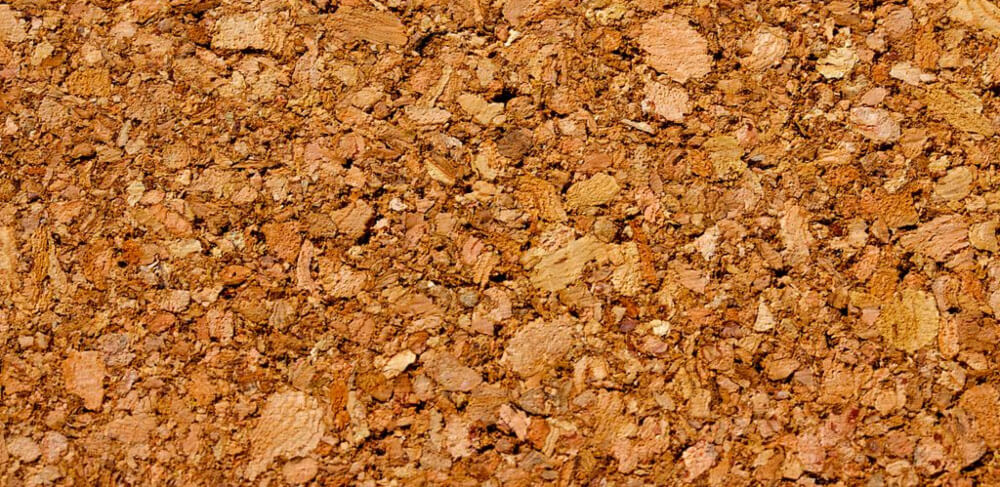
Reclaimed or recycled wood and metal
Metals like aluminum and steel require a lot of energy to produce: mining the ore, heating and shaping products, and transporting a relatively heavy material. If metal is recycled or reclaimed, a lot less energy is needed. The same goes for wood.
Metal is durable, doesn’t burn and is water and pest resistant. Recycled or reused metal is still a long-lasting material. It can be used for roofing, structural supports and building facades. Wood is more susceptible to insects and degradation. Therefore reclaimed wood must be carefully inspected first to see if it is still good enough to reuse. Good pieces of wood can be used for furniture, flooring, siding or structural framing.
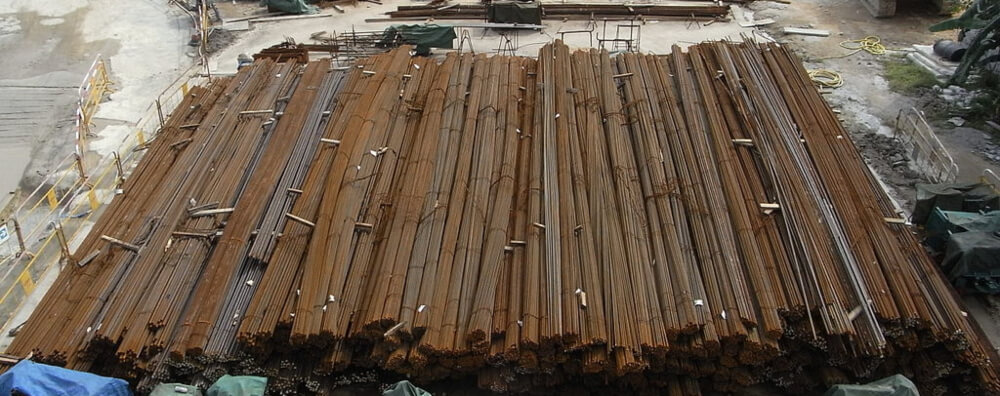
Precast concrete slabs
Concrete is quite weather resistant, not expensive and can be cast in different shapes. That makes it a popular building material. “Concrete is actually pretty good because even though it’s heavy, it requires little processing,” Stopka said. Precast concrete slabs are used for walls, floors, facades and flat roofs.
Precast concrete slabs usually take much less energy to produce and assemble than traditional pouring of concrete on site. The forms used in a precast plant can be reused many times before they need to be replaced. On construction site, casts have to be assembled and reassembled which takes time, money and energy. Precasting concrete in a precast plant also provides greater control over material quality and workmanship than casting on a construction site.
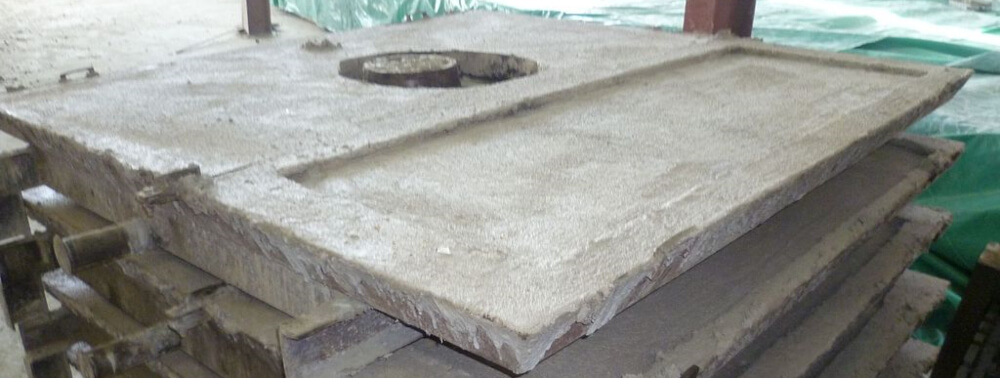
Sheep’s wool
Sheep’s wool is naturally flame resistant – an important quality for insulation material. Sheep’s wool insulation properties are similar to those of mineral wool. But sheep’s wool production requires less than 15% of the energy used to manufacture glass wool. That makes sheep’s wool more eco-friendly. Sheep’s wool can also be biodegraded, whereas mineral fibre materials can not.
However, sheep’s wool has to be treated in order to prevent insects and fungi growth. This treatment lowers sheep’s wool eco-friendliness – depending on which chemicals are used. Sheep’s wool is also more expensive than other types of insulation.
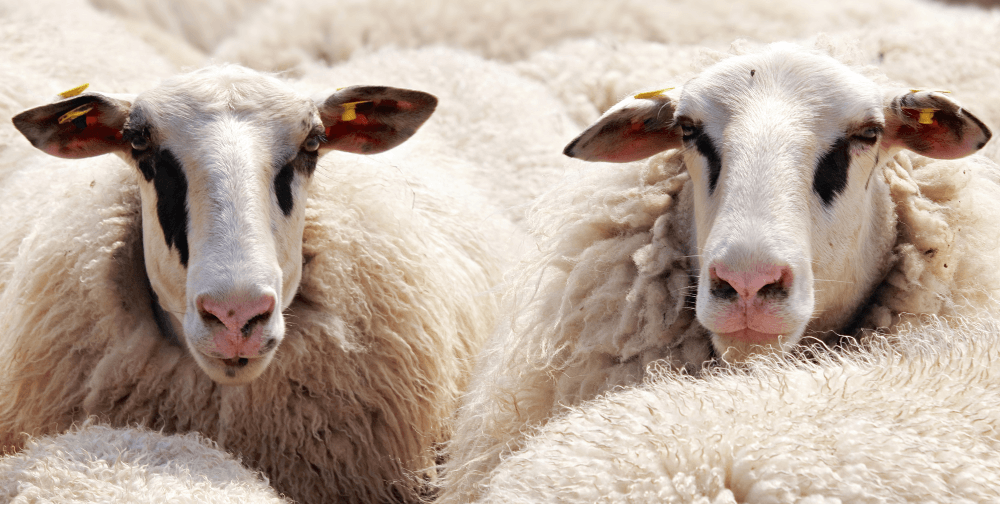
“There’s no material that’s perfect, but some are more sustainable than others.”, concluded Stopka. But the main point is, per Eric Mackres, manager of building sustainability at the World Resources Institute Ross Center for Sustainable Cities: “How do the combination of materials and equipment and techniques and policies influence the performance and livability of a building?” That combination decides whether a building is eco-friendly or not.
Photo source: Wikimedia Commons; Photograph © Andrew Dunn, http://www.andrewdunnphoto.com/
Source: https://www.smartcitiesdive.com/news/most-eco-friendly-building-materials-world-bamboo-cork-sheep-wool-reclaimed-metal-wood/526982/

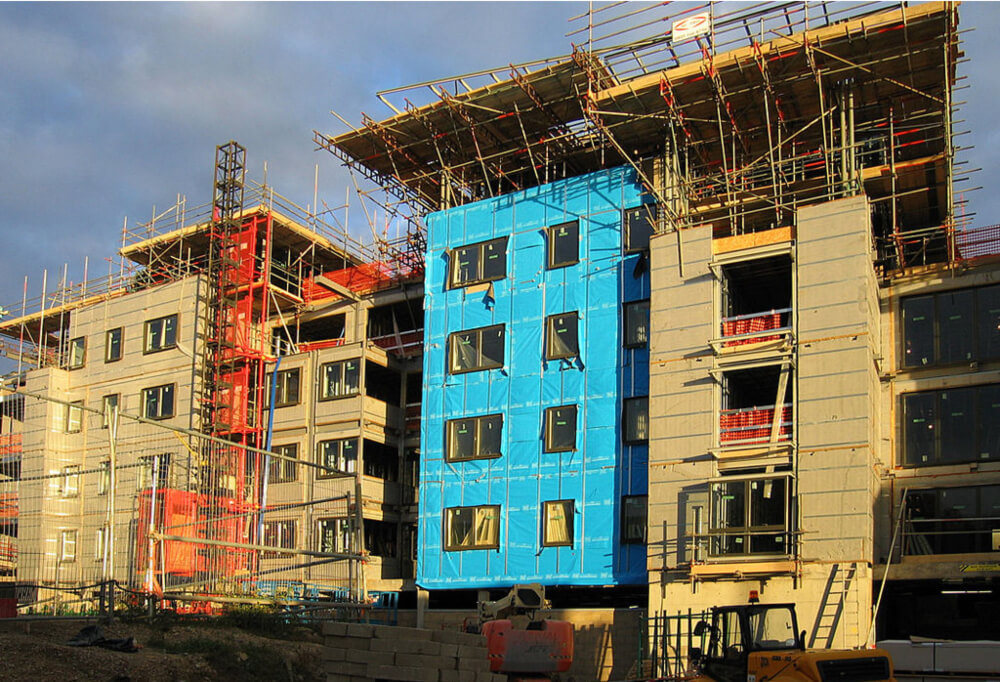
2 Responses
Most enviro friendly low-slope roofing product? Certainly not asphalt is or plastics. Termosets? (EPDM)
I am a newly graduate civil engineer and I am now in to Geosynthetic Industry. It is one of the latest innovation in the construction business that everybody should consider.